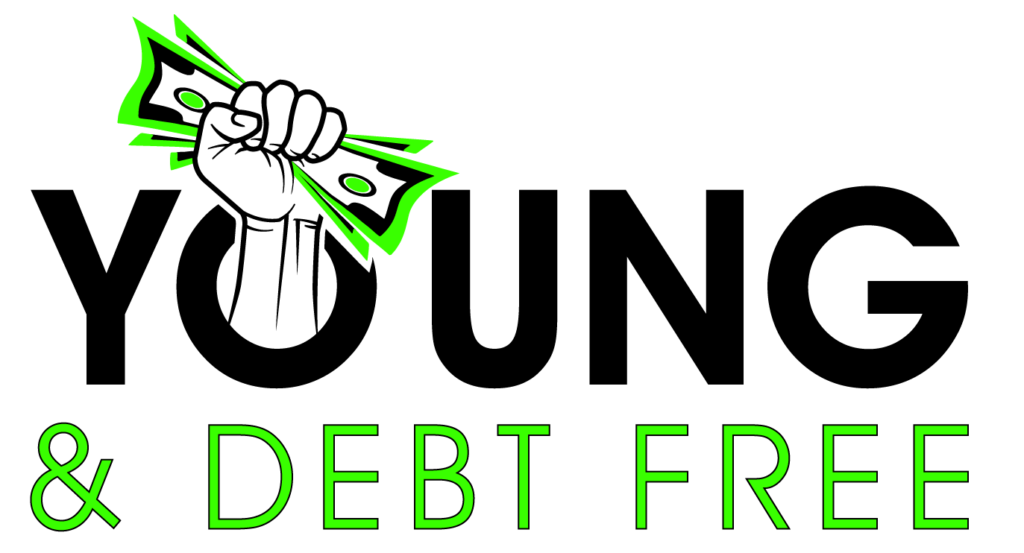Debts can be a significant part of a budget, and managing them effectively is crucial for financial stability. Here are 10 examples of debts that individuals may include in their budget:
- Mortgage: Monthly payments for a home loan, typically a significant long-term debt.
- Auto Loan: Payments for financing a vehicle purchase, spread over a fixed period.
- Student Loans: Monthly payments for education loans, covering tuition, fees, and living expenses incurred during college or higher education.
- Credit Card Balances: Payments for outstanding credit card balances, which may include interest charges.
- Personal Loans: Payments for loans taken for various personal purposes, such as debt consolidation, home improvements, or unexpected expenses.
- Medical Debt: Payments towards outstanding medical bills or debts incurred due to healthcare expenses.
- Home Equity Loan or Line of Credit: Payments for loans or lines of credit secured by the equity in a home.
- Business Loans: Monthly payments for loans taken to start or expand a business.
- Car Lease Payments: Monthly payments for leasing a vehicle instead of owning it.
- Payday Loans or Cash Advances: Payments for short-term, high-interest loans often used in emergencies.
It’s important for individuals to prioritize debt repayment based on interest rates, financial goals, and the terms of each loan. Creating a budget that allocates a portion of income toward debt repayment helps manage these obligations effectively and work towards becoming debt-free over time. Additionally, staying organized and aware of the total debt picture is key to making informed financial decisions.

